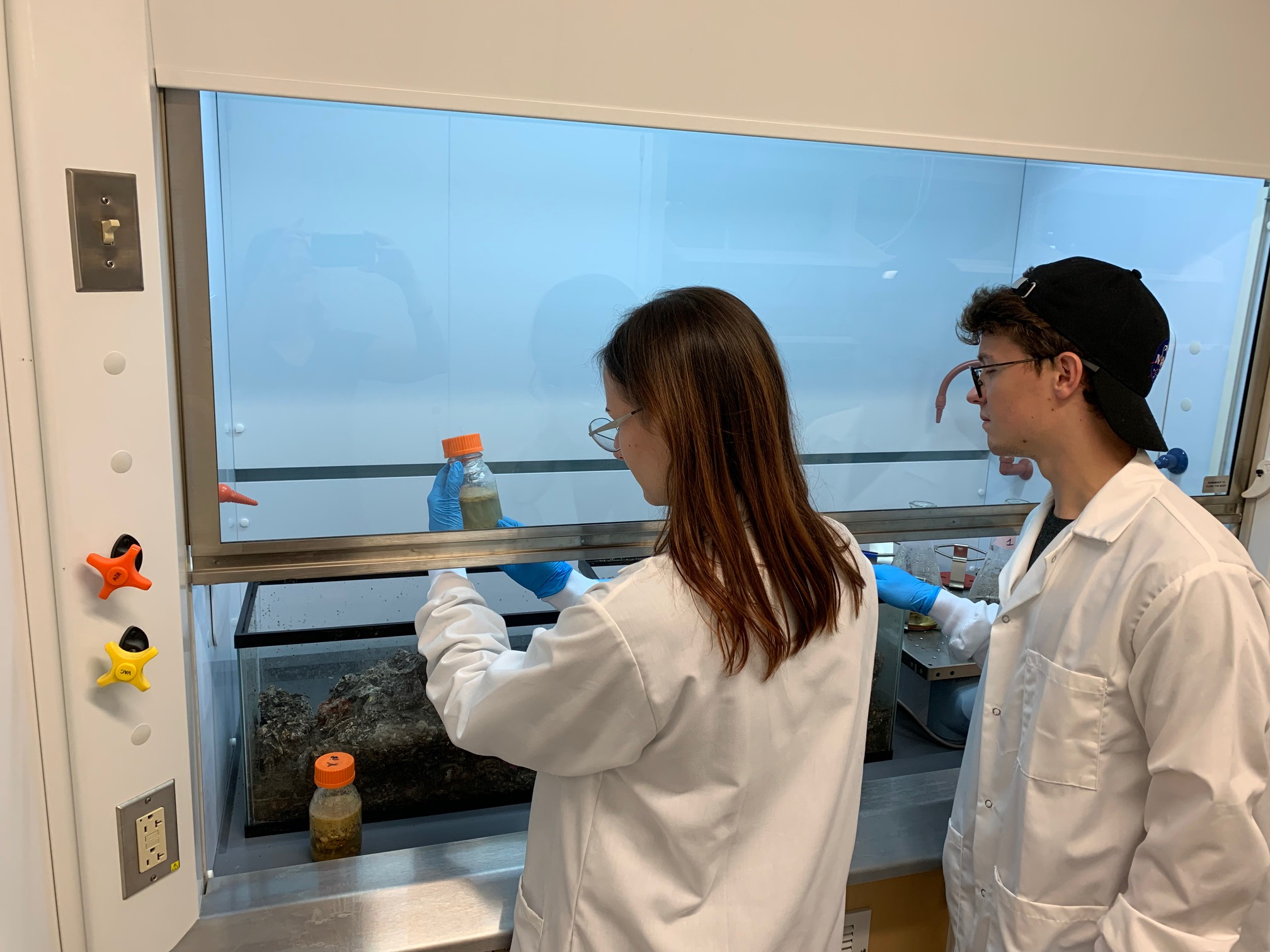Interested in Inspection?
Get Inspection articles, news and videos right in your inbox! Sign up now.
Inspection + Get AlertsMassive sewer accumulations of fats, oils and grease are on the rise. The system impact of FOG is greatly exacerbated by a vast array of solid consumer products, namely so-called “flushable” wipes, that also accumulate in the sewer.
Often, the FOG deposits combine with the improperly disposed solid debris (including personal care products, wipes and trash) creating a heterogeneous conglomeration — called a fatberg — that can evolve into a significant blockage of the sewer, causing backups and sewer overflows, exposing humans and the environment to raw sewage.
Studying a Michigan fatberg
A recent sewage blockage in Macomb County, Michigan, offered a rare opportunity to delve into the origins and characteristics of fatbergs. This particular fatberg extended over 100 feet long, weighed about 19 tons, and threatened raw sewage discharge into local rivers. This is not an isolated occurrence. The Environmental Protection Agency (EPA) has noted that approximately 47% of sanitary sewer overflows in the U.S are due to these formations.
Through support from a National Science Foundation grant, a team of scientists at Wayne State University led by Dr. Carol Miller and Dr. Tracie Baker as able to assemble a rapid research effort that included collecting samples from the fatberg.
The team is working together toward a better understanding of how fatbergs form, their biological and physical properties, and how they can impact the environment and sewer systems. This group is focusing on one of the most significant and damaging components Macomb County Fatberg: flushable wipes.
“What we put down our drains and toilets can and does have a great impact on our sewer and water systems,” says Miller. “Everyone needs to think about the impact they are having with what they dispose down drains in their homes, restaurants and beyond, and be a part of the solution by changing how they dispose of grease, wipes and other products. Even items that are labeled as biodegradable or flushable do not always break down in sewers and are a part of the fatberg problem.”
Not so flushable after all
Weekly, thousands of wipes flushed down toilets are collected at the Clintondale Pump Station in Macomb County. As one aspect of the overall research effort, the team investigated the biodegradability of over 500 individual commercial wipes that included several brands and types of wipes. After being placed in a simulated sewer system for 48 hours, five out of the six brands of wipes were 95% intact with little evidence of degradation. In comparison, a similar evaluation of standard toilet paper found that only 10% of the original sample remained after 48 hours. Despite being advertised as flushable, the majority of commercial baby, adult, hand and makeup wipes were found to be nonbiodegradable within reasonable timeframes for a sewer system. If continuously flushed, they can clog pipes, damage pumps and prevent the natural flow of FOG in a sewer, leading to their accumulation into a fatberg.

A display at the Michigan Science Center in Detroit helps explain the problem of fatbergs in municipal sewer systems.
Public education on the dangers of fatbergs is a priority for this research team. Baker and Miller are collaborating with the Michigan Science Center in Detroit to create an educational exhibit, bearing real pieces of the Macomb County fatberg. This display aims to educate the public on the consequences of both flushable wipes and FOG accumulation by displaying samples of improper disposal of such products down the toilet.
“The dangers of improper disposal of FOGs and other solid waste products is critical,” says Miller. “It is our hope that this exhibit is just the beginning of efforts to inform the public on their role in educating the public on alleviating fatbergs.”
For more easily shareable information on fatbergs, check out the PBS documentary below on the subject.






